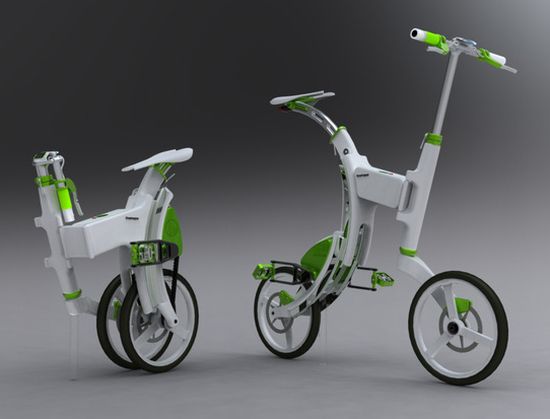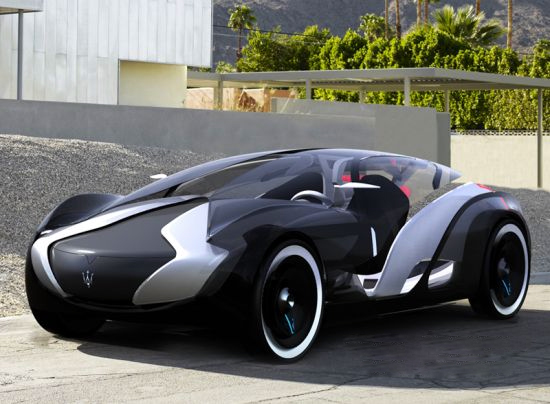
Supercars are usually associated with screaming engines that drink gas like there is no tomorrow. However, there is no dearth of customers who love to possess these beasts, as they are good at turning some heads on the streets. The recent demand to curb emissions and run vehicles on alternative fuels has made some automakers and designers think about next-generation supercars, which are silent, clean and run without gas. Here is a list 15 such concept vehicles that can change the face of supercars forever:
Koenigsegg Quant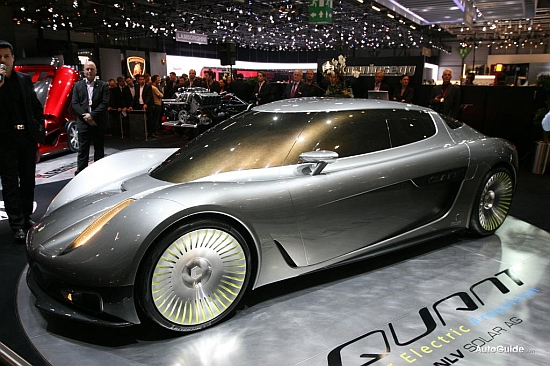
The Quant is an all-electric supercar that is powered by renewable solar energy. Fitted with a 512 hp electric engine, the car propels to 62mph in just over 5 seconds with a top speed of a bone-shattering 171 mph. The car carries a thin layer of solar panels all over its body, which generate electricity to juice up the battery pack the car is equipped with. The technology has been developed by Koenigsegg along with NLV Solar AG.
Steenstra GCM Styletto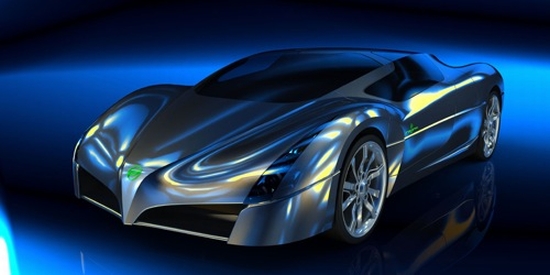
Conceived by California-based Steenstra GCM, the Styletto is a zero-emission electric supercar that is designed to hit speeds in excess of 200mph. The all-electric supercar will be built in California and will offer comfort, gullwing doors and slippery aerodynamics to get the most from the car’s zero-emission power house.
Maserati Tramontane
The Maserati Tramontane is an all-electric supercar that has been designed to provide luxury in a sustainable package. The vehicle has been designed by Ondrej Jirec as an electric powered cruiser suited for scenic, winding roads. The aerodynamic shape of the vehicle is complemented by the number of components and body panels which flow from the interior to the exterior.
Citroen Eco-Luxury Sedan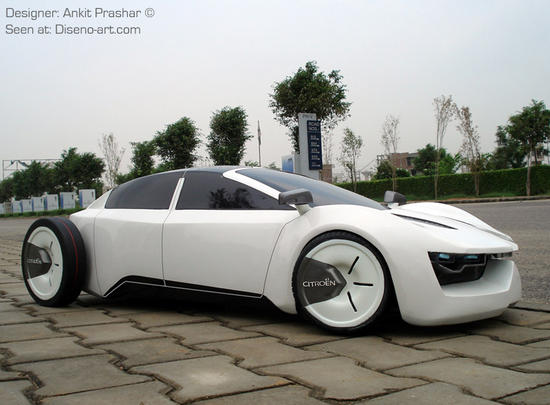
Designed by Ankit Prashar, the Citroen Eco-Luxury Sedan will definitely lure people with deep pockets. The supercar utilizes lightweight materials, and the propulsion system of the car includes a hydrogen fuel cell element that charges the vehicle’s onboard battery pack. The zero-emission vehicle also makes use of photovoltaic panels integrated into the bodywork to charge the batteries on the move.
Jaguar C-XC Concept
The Jaguar C-XC concept has been designed by Philip Dean and will be powered by hydrogen fuel cells. The stylish 2+2 coupe will be made using sustainable materials including vegetable tan leather and recycled PET bottles. The hydrogen fuel cell drive train is mounted under the single-piece glass surface, which covers the entire length of the car, adding to its aerodynamic aesthetics. The wheels of the car are also covered to further increase its aerodynamic properties.
Audi A0 QS Concept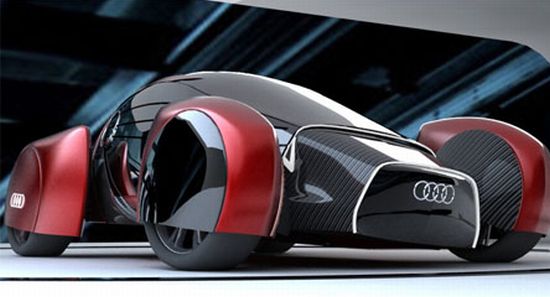
Designed by Alexander Tiganova, the zero-emission Audi A0 QS concept has been created to cater to the needs of athletes and those who’re looking for luxury in a green package. The small and dynamic sports car is equipped with electric motor and a hydrogen engine, which makes the vehicle a zero-emission hybrid.
BMW Sequence GT
The BMW Sequence GT by Seungmo Lim, a graduate student at Pforzheim University in Germany, is an all-electric concept supercar that takes only a minute to refuel. The Sequence GT includes next-gen safety systems to protect the occupants and the pedestrians. Moreover, air intakes on the outer side of the nose are used to cool the electric motors, allowing them to function and achieve maximum efficiency. The cabin has four separate seats and the vehicle’s lithium-ion batteries are located under the trunk floor.
BMW Lovos Concept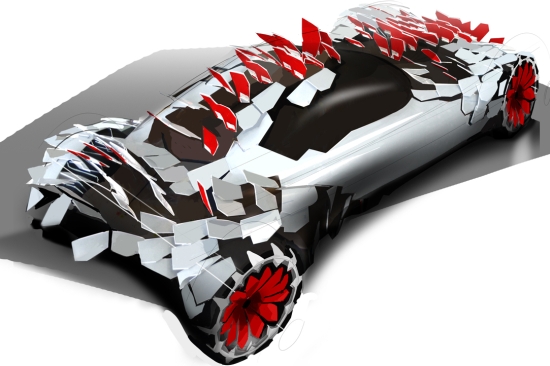
Designed by Pforzheim University graduate Anne Forschner the BMW Lovos supercar mimics natural forms to harness renewable solar energy. Dubbed Lovos (Lifestyle of Voluntary Simplicity), the car is constructed from just one fully exchangeable part that recurs 260 times. Each of these pieces is covered in solar photovoltaic cells, which can be opened or closed just like fish scales.
Lamborghini Countach EV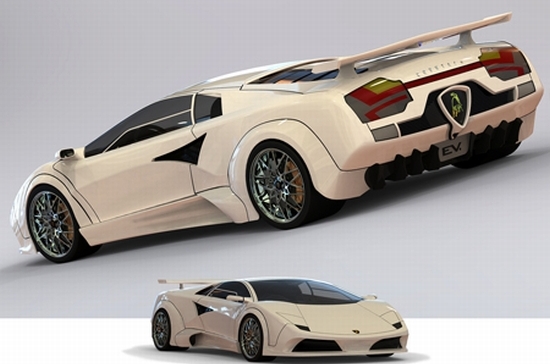
The Lamborghini Countach EV is the brainchild of designer Flavio Adriani. The vehicle runs on an electric engine and includes photovoltaic modules toward the rear and two wind turbines under the hood that generate enough energy to refuel the battery packs. With an aerodynamic design and the use of lightweight materials, the vehicle will surely impress speed lovers who love to burn the streets without polluting them.
Fleszar Supercar Concept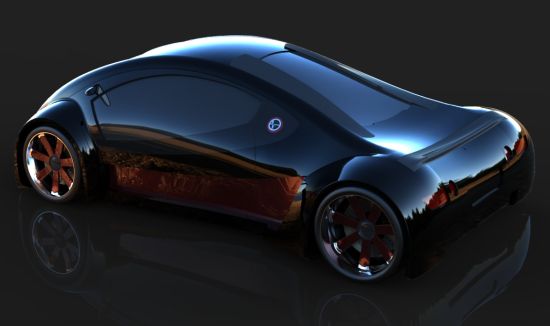
Design firm ideationEDGE has come up with a supercar dubbed Fleszar which runs on a 100 percent electric engine and promises a luxury drive for stylish riders. Designed to attract both feminine and masculine customers, the supercar presents a unique mixture of delicate curves and bold lines, presenting a powerful but at the same time comfortable ride. The Fleszar supercar will simply be a style statement for the trendy commuters.
Venturi Volage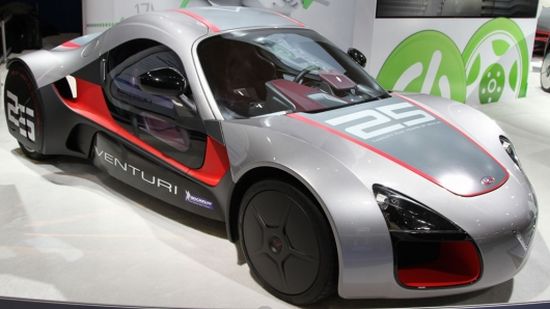
The Venturi Volage supercar features eight in-wheel motors, as each wheel contains two electric motors out of which one is used for propulsion and the other takes care of the suspension. The innovative design gives the vehicle a lower center of gravity to better maneuverability and overall performance.
Audi R8 e-Tron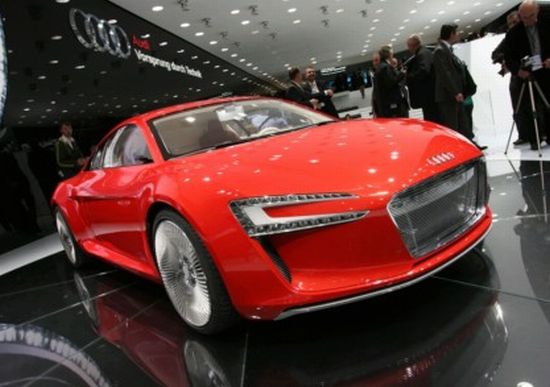
The Audi R8 e-Tron Concept is powered by four in-wheel electric motors that offer a combined output of 230KW and a maximum torque of 4500Nm. The car can hit a speed of 100kph in 4.8 seconds and has a top speed of 200kph. The e-Tron has an operating range of 248km on a fully recharged battery.
Honda FC Sport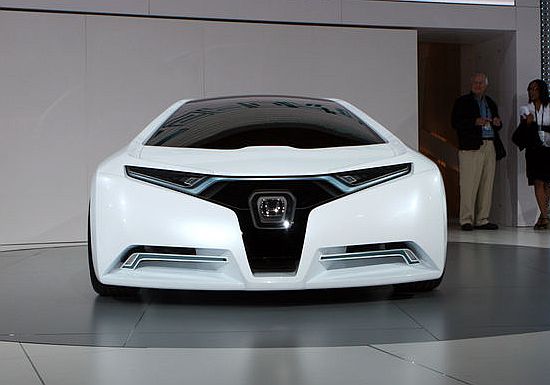
The FC Sport by Honda is a three-seat hydrogen fuel cell sports car that is based on the V-Flow stack of the FCX Clarity concept. The car incorporates a high-power fuel cell stack, located between the rear seats, and a backup battery pack placed in the middle of the car.
e-Wolf e2
The e2 is designed by German company e-Wolf. The two seat electric supercar is scheduled to hit the market in 2011. The lightweight car will weigh just 900kgs and will be powered by four in-wheel electric motors, each generating 134hp. The supercar is expected to have an operating range of 187 miles.
Aston Martin DBGT 2025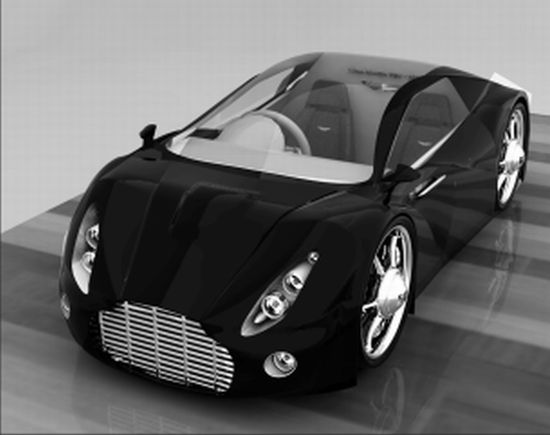
The Aston Martin DBGT 2025 has been designed by Brendan Woolsey. The vehicle would be powered by a tank full of water that is split into hydrogen and oxygen. The hydrogen is used as fuel for the car, leading to zero emissions. If anything, the classic exhaust fitted on this future car will only give out water vapor and some heat. Going from 0 to 62 mph in 4.3 seconds, the car has two really strong assets – sports bodywork that is impeccable and the fuel plan which is both realistic and ideal. All this comes along with that very special Aston Martin badge, giving you the best driving experience.




